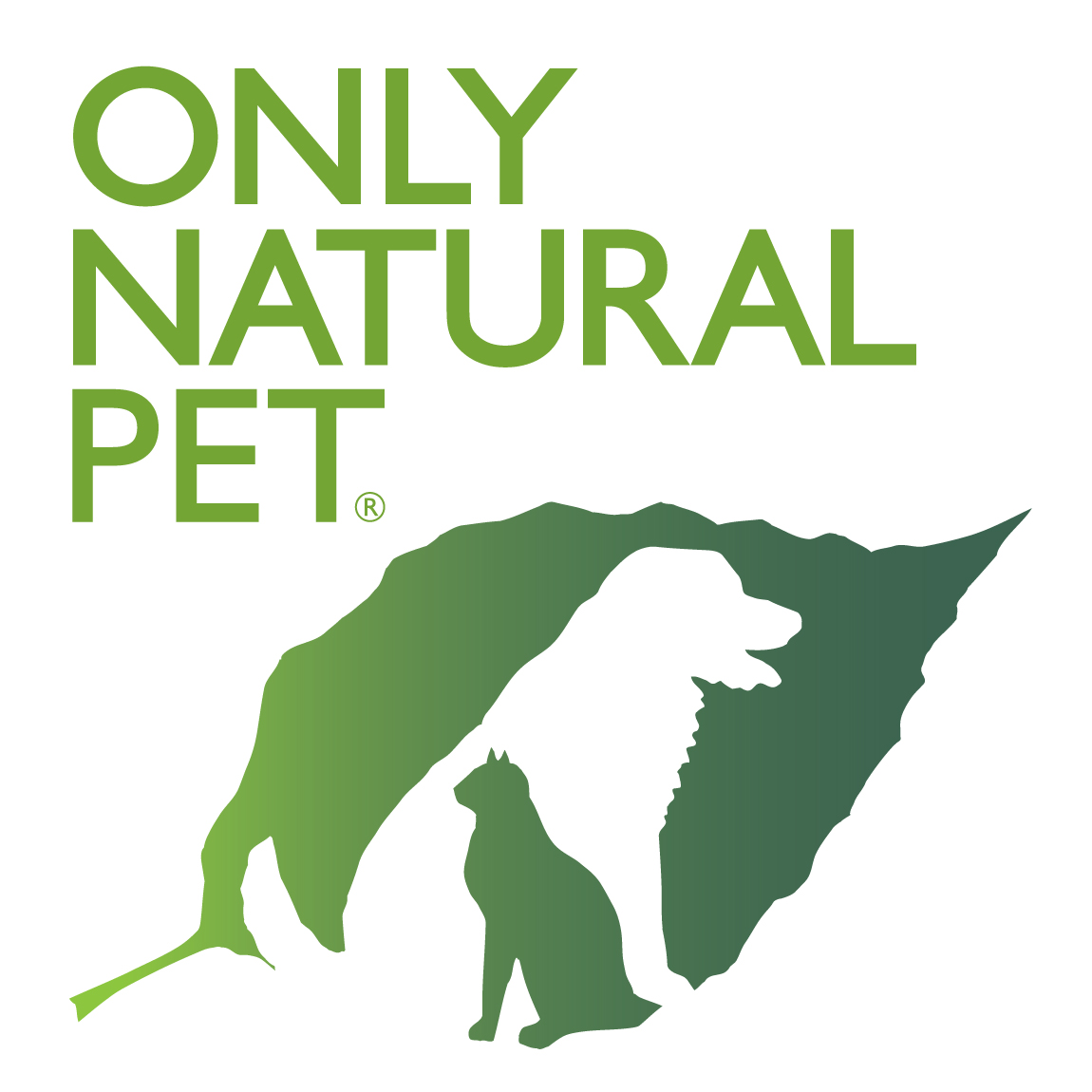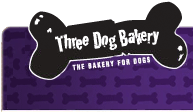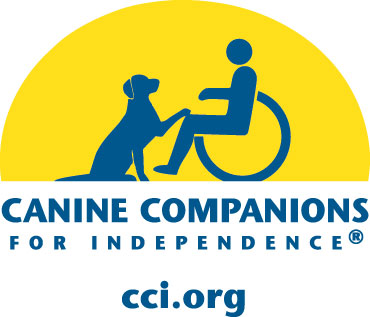Easy Home-Prepared Dog Food
Read more!

Read More......
Easy Home-Prepared Dog Food
How
to make and feed your dog a complete and balanced diet.
Article provided by
By Mary Straus
Over the past few months, I have
offered diet critiques that tweaked good home-prepared diets in order to
address health concerns – or simply to optimize the diet. To do this, I
analyzed the diets and compared them to the National Research Council’s
guidelines for canine nutrition. I want to be clear, though: I don’t believe
this is a requirement for feeding a homemade diet. Just as with the diet you
feed yourself and your family, feeding a wide variety of healthy foods in
appropriate proportions should meet the needs of most healthy dogs.
Problems arise with how this
description is interpreted. Too often, people think that they’re feeding a
healthy diet when key ingredients may be missing or are fed in excess. Here are
specific guidelines to help ensure that the diet you feed meets your dog’s
requirements.
Complete
and Balanced
It’s important that the diet you
feed your dog is “complete and balanced,” meaning it meets all of your dog’s
nutritional needs. It is not important, however, that every meal be complete
and balanced, unless you feed the same meal every day with little or no
variation.
Home-prepared diets that include a wide
variety of foods fed at different meals rely on balance over time, not at every
meal. Similar to the way humans eat, as long as your dog gets everything he
needs spread out over each week or two, his diet will be complete and balanced.
A human nutritionist would never
expect someone to follow a single recipe with no variation, as veterinary
nutritionists routinely do. Instead, a human would be given guidelines in terms
of food groups and portion sizes. As long as your dog doesn’t have a health
problem that requires a very specific diet, there’s no reason you can’t do the
same for your dog.
Keep in mind that puppies are more
susceptible to problems caused by nutritional deficiencies or excesses than
adult dogs are. Large-breed puppies are particularly at risk from too much
calcium prior to puberty.
GUIDELINES
Following are guidelines for feeding
a raw or cooked homemade diet to healthy dogs. No single type of food, such as
chicken, should ever make up more than half the diet.
Except where specified, foods can be
fed either raw or cooked. Leftovers from your table can be included as long as
they’re foods you would eat yourself, not fatty scraps.
Meat and Other Animal Products: Should always make up at least half of the diet. Many raw
diets are excessively high in fat, which can lead to obesity. Another potential
hazard of diets containing too much fat: If an owner restricts the amount fed
(in order to control the dog’s weight) too much, the dog may suffer
deficiencies of other required nutrients.
Unless your dog gets regular,
intense exercise, use lean meats (no more than 10 percent fat), remove skin
from poultry, and cut off separable fat. It’s better to feed dark meat poultry
than breast, however, unless your dog requires a very low-fat diet.
Raw Meaty Bones (optional): If you choose to feed them, RMBs should make up one third
to one half of the total diet. Use the lower end of the range if you feed bony
parts such as chicken necks and backs, but you can feed more if you’re using
primarily meatier parts such as chicken thighs. Never feed cooked bones.
Boneless Meat: Include both poultry and red meat. Heart is a good choice,
as it is lean and often less expensive than other muscle meats.
Fish: Provides vitamin D, which otherwise should be supplemented.
Canned fish with bones, such as sardines (packed in water, not oil), jack
mackerel, and pink salmon, are good choices. Remove bones from fish you cook
yourself, and never feed raw Pacific salmon, trout, or related species. You can
feed small amounts of fish daily, or larger amounts once or twice a week. The
total amount should be about one ounce of fish per pound of other meats
(including RMBs).
Organs: Liver should make up roughly 5 percent of this category, or
about one ounce of liver per pound of other animal products. Beef liver is
especially nutritious, but include chicken or other types of liver at least
occasionally as well. Feeding small amounts of liver daily or every other day
is preferable to feeding larger amounts less often.
Eggs: Highly nutritious addition to any diet. Dogs weighing about
20 pounds can have a whole egg every day, but give less to smaller dogs.
Dairy: Plain yogurt and kefir are well tolerated by most dogs (try
goat’s milk products if you see problems). Cottage and ricotta cheese are also
good options. Limit other forms of cheese, as most are high in fat.
Fruits and Vegetables: While not a significant part of the evolutionary diet of
the dog and wolf, fruits and vegetables provide fiber that supports digestive
health, as well as antioxidants and other beneficial nutrients that contribute
to health and longevity. Deeply colored vegetables and fruits are the most
nutritious.
Starchy Vegetables: Veggies such as potatoes, sweet potatoes, and winter
squashes (including pumpkin), as well as legumes (beans), provide carbohydrate
calories that can be helpful in reducing food costs and keeping weight on
skinny and very active dogs. Quantities should be limited for overweight dogs.
Starchy foods must be cooked in order to be digestible by dogs.
Leafy Green and Other Non-Starchy
Vegetables: These are low in calories and can
be fed in any quantity desired. Too much can cause gas, and raw, cruciferous
veggies such as broccoli and cauliflower can suppress thyroid function (cook
them if you feed large amounts). Raw vegetables must be pureed in a food
processor, blender, or juicer in order to be digested properly by dogs, though
whole raw veggies are not harmful and can be used as treats.
Fruits: Bananas, apples, berries, melon, and papaya are good
choices. Avoid grapes and raisins, which can cause kidney failure in dogs.
Grains: Controversial, as they may contribute to inflammation
caused by allergies, arthritis, or inflammatory bowel disease (IBD); as well as
seizures and other problems (it’s not clear whether starchy vegetables do the
same). Some grains contain gluten that may cause digestive problems for certain
dogs. Many dogs do fine with grains, however, and they can be used to reduce
the overall cost of feeding a homemade diet.
Grains and starchy veggies should
make up no more than half the diet. Good choices include oatmeal, brown rice,
quinoa, barley, and pasta. White rice can be used to settle an upset stomach,
particularly if overcooked with extra water, but it’s low in nutrition and
should not make up a large part of the diet. All grains must be well cooked.
SUPPLEMENTS
Some supplements are required.
Others may be needed if you are not able to feed a variety of foods, or if you
leave out one or more of the food groups above. In addition, the longer food is
cooked or frozen, the more nutrients are lost. Here are some supplements to
consider:
Calcium: Unless you feed RMBs, all homemade diets must be
supplemented with calcium. The amount found in multivitamin and mineral
supplements is not enough. Give 800 to 1,000 mg calcium per pound of food
(excluding non-starchy vegetables). You can use any form of plain calcium,
including eggshells ground to powder in a clean coffee grinder
(1/2 teaspoon eggshell powder provides about 1,000 mg calcium). Animal
Essentials’ Seaweed Calcium provides additional minerals, as well.
Oils: Most homemade diets require added oils for fat, calories,
and to supply particular nutrients. It’s important to use the right types of
oils, as each supplies different nutrients.
Fish Oil: Provides EPA and DHA, omega-3 fatty acids that help to
regulate the immune system and reduce inflammation. Give an amount that
provides about 300 mg EPA and DHA combined per 20 to 30 pounds of body weight
on days you don’t feed fish. Note that liquid fish oil supplements often tell
you to give much more than this, which can result in too many calories from
fat.
Cod Liver Oil: Provides vitamins A and D as well as EPA and DHA. If you
don’t feed much fish, give cod liver oil in an amount that provides about
400 IUs vitamin D daily for a 100-pound dog (proportionately less for
smaller dogs). Can be combined with other fish oil to increase the amount of
EPA and DHA if desired.
Plant Oils: If you don’t feed much poultry fat, found in dark meat and
skin, linoleic acid, an essential omega-6 fatty acid, may be insufficient. You
can use walnut, hempseed, corn, vegetable (soybean), or high-linoleic safflower
oil to supply linoleic acid if needed. Add about one teaspoon of oil per pound
of meat and other animal products, or twice that amount if using canola or
sunflower oil. Olive oil and high-oleic safflower oil are low in omega-6 and
cannot be used as a substitute, although small amounts can be added to supply
fat if needed. Coconut oil provides mostly saturated fats, and can be used in
addition to but not as a replacement for other oils.
Other Vitamins and Minerals: In addition to vitamin D discussed above, certain vitamins
and minerals may be short in some homemade diets, particularly those that don’t
include organ meats or vegetables. The more limited the diet that you feed, the
more important supplements become, but even highly varied diets are likely to
be light in a few areas.
Vitamin E: All homemade diets I’ve analyzed have been short on vitamin
E, and the need for vitamin E increases when you supplement with oils. Too much
vitamin E, however, may be counterproductive. Give 1 to 2 IUs per pound of body
weight daily.
Iodine: Too much or too little iodine can suppress thyroid
function, and it’s hard to know how much is in the diet. A 50-pound dog needs
about 300 mcg (micrograms) of iodine daily. Kelp is high in iodine, though the
amount varies considerably among supplements.
Multivitamin and mineral supplements:
A multivitamin and mineral supplement will help to meet most requirements,
including iodine and vitamins D and E, but it’s important not to oversupplement
minerals. If using the one-a-day type of human supplements, such as Centrum for Adults under 50, give one per 40 to
50 pounds of body weight daily. Note that most supplements made for dogs
provide a reasonable amount of vitamins but are low in minerals, and so won’t
make up for deficiencies in the diet. Be cautious with small dogs; I’ve seen
some supplements that recommend the same dosage for 10-pound dogs as for those
weighing 50 or even 100 pounds. In those cases, the dosage is usually too high
for the small dogs and should be reduced. Products made for humans are also
inappropriate for small dogs.
Green Blends: Often containing alfalfa and various herbs, green blends
may be especially helpful if you don’t include many green vegetables in your
dog’s diet. You can also use a pre-mix that includes alfalfa and vegetables,
such as The Honest Kitchen’s Preference. Note most
pre-mixes also supply calcium, so you should reduce or eliminate calcium
supplements, depending on how much of the pre-mix you use.









































